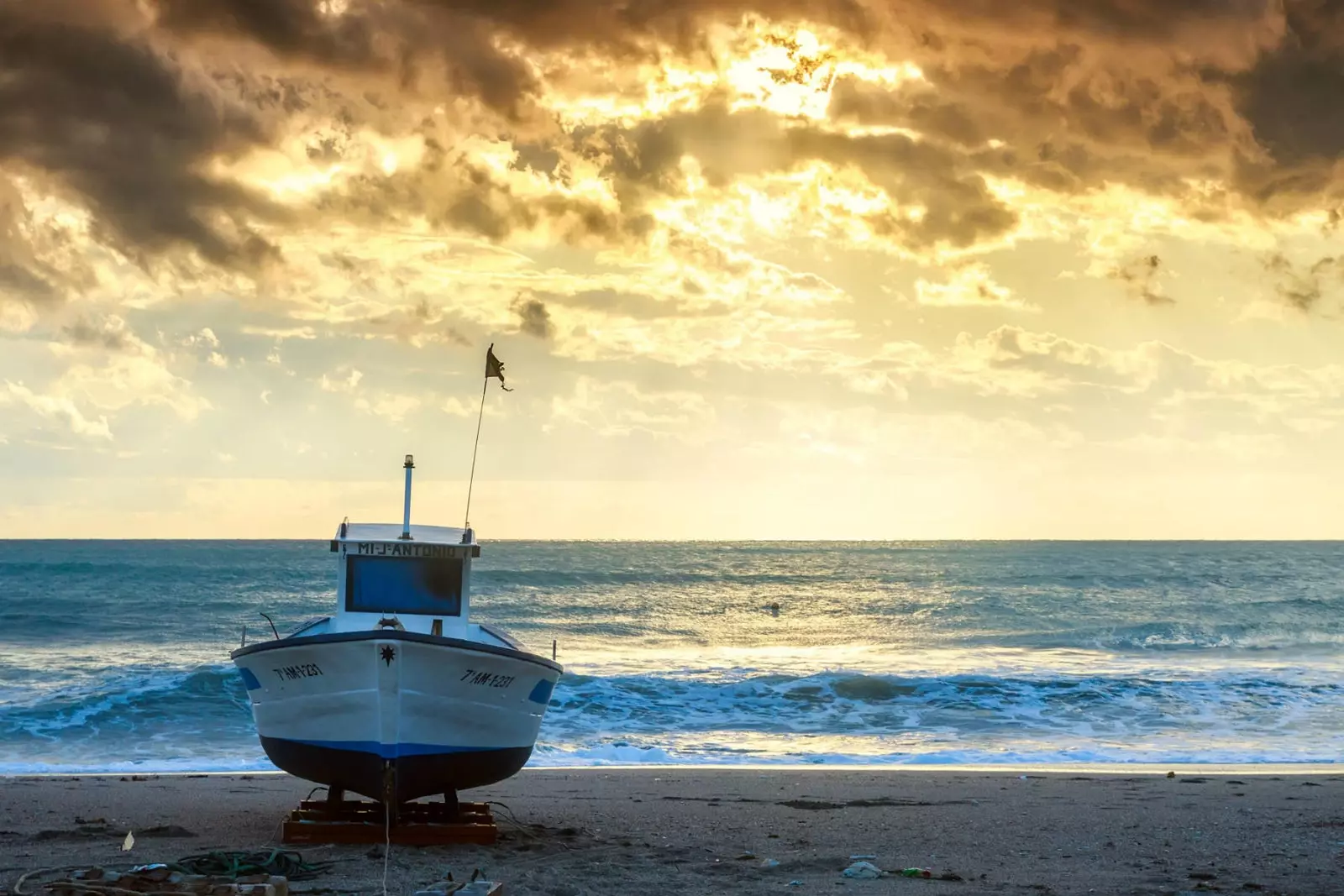
Almería, land of poets
The area plays at being a costume ball that never ends: the sea is the territory of Barbary pirates and the desert a world of Indians and cowboys. Nevertheless, the province has shaped its existence far beyond.
Almería is one of those Spanish provinces that seem to have remained anchored in time, as if it were still the same dusty region that the writer Juan Goytisolo described Campos de Níjar in his work. The truth is that it is a land where the weight of the past continues to leave its mark and from which it has learned to make good use of it.
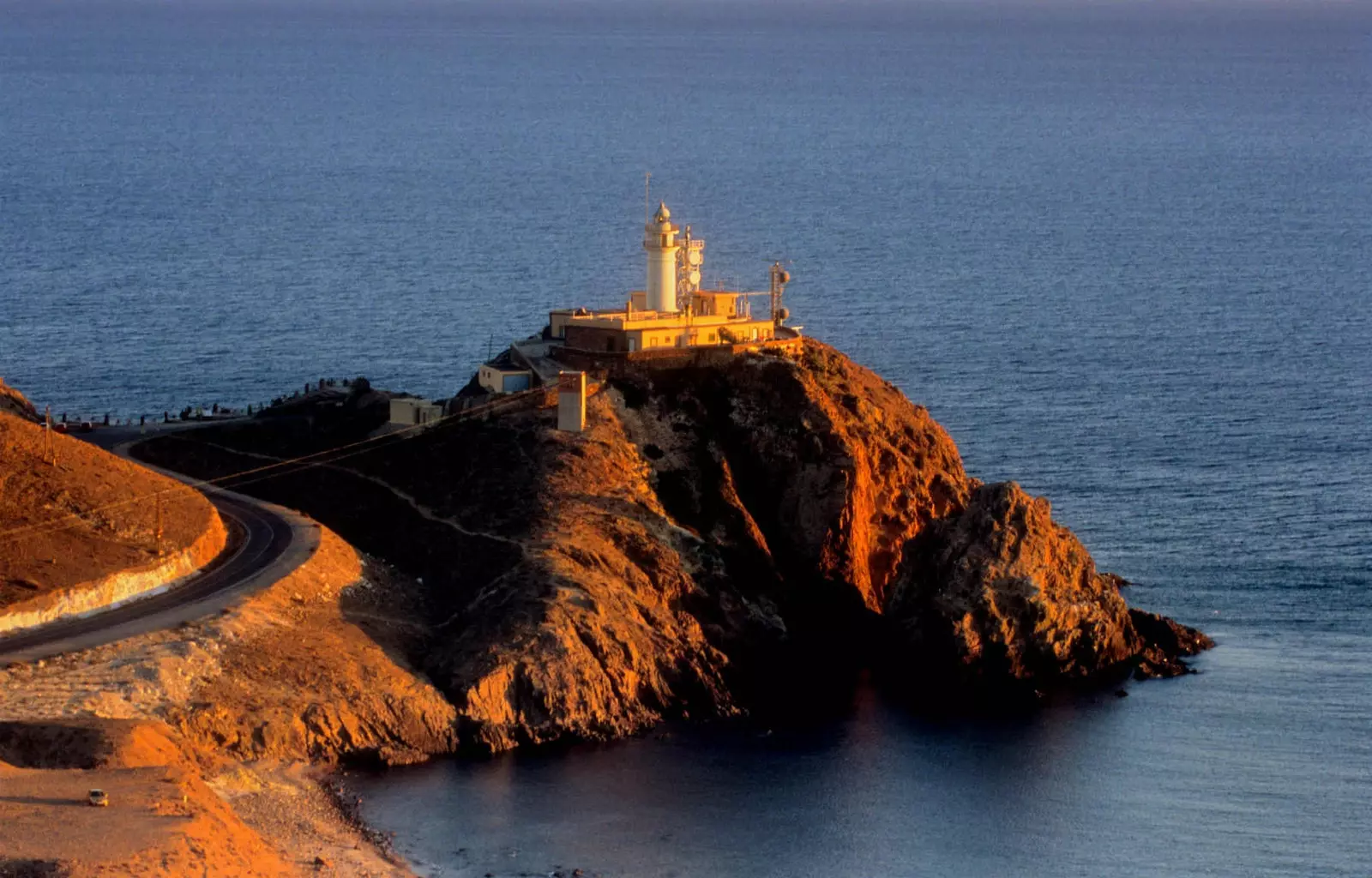
Cabo de Gata lighthouse
Although it seems strange, the capital of Almeria houses an 'underground city' It was built for survival. During the Civil War, like many other Spanish towns, the population mobilized to create a impressive network of underground tunnels as a shelter to protect themselves during the bombardments. The Civil War shelters of Almería are the largest in Spain, since they have 4,500 meters and were capable of protecting 34,000 people, which meant 75% of the population. Currently, it is possible to make a guided tour along almost a kilometer under the main artery of the city where, in addition, you can visit a cupboard and an underground hospital. One of the hardest bombardments that the city suffered occurred on May 31, 1937, when it was attacked by ships of the Nazi forces. The news of this atrocious attack against the population of Almeria reached the ears of the poet Pablo Neruda, who, overwhelmed, wrote a shocking poem entitled A plate for the bishop.
Although Neruda created this poem without being in Almería, many other artists did go through it. John Lennon, Juan Goytisolo, Federico García Lorca or José Ángel Valente They are just some of the musicians and writers who, throughout history, have been moved by the aridity of their paths capable of transporting anyone to distant places.
John Lennon's stay left an unforgettable mark both on the city and on the work of the Beatle, who He spent the summer of 1966 participating as an actor in the film _How I won the war (How I won the war) _ , recorded in the Tabernas Desert. From these summer months on the Almeria coast, the composer drew a song composed in solitude on the beach and recorded on a tape recorder: Strawberry Fields Forever.
The city, for its part, also knew how to take advantage of the musician's stay and, over time, **el Cortijo Romero, the house he rented during that period was rehabilitated and converted into the House Museum of Cinema** in order to to make known the cinematographic legacy of the province and its importance in the industry during those years. In addition, a statue dedicated to the musician awaits in the center of the city, in the well-known Plaza Flores.
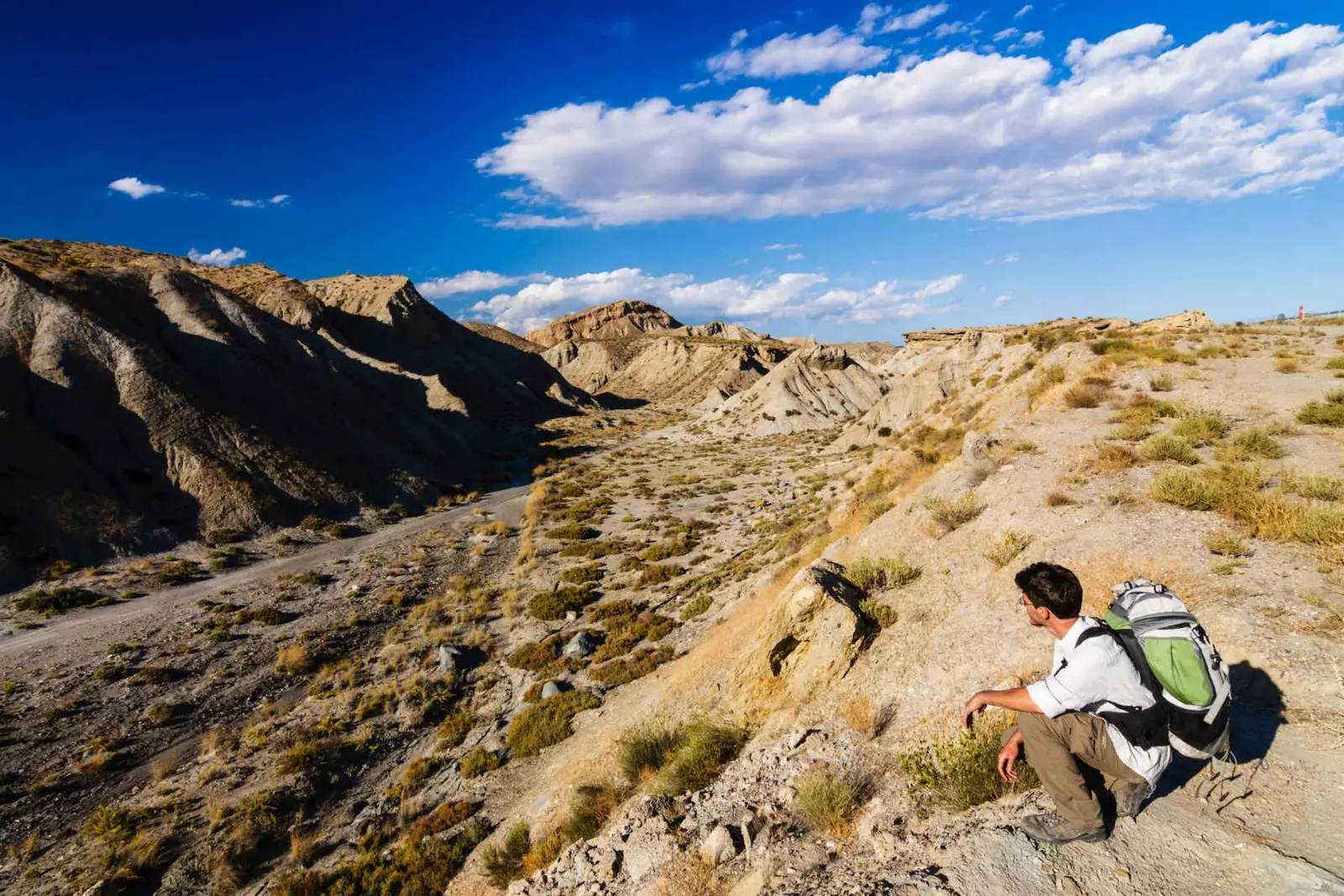
This desert hosted the filming of 'How I won the war'
Also Joe Strummer, leader of The Clash, was in Almería due to the filming of a video clip of his band and the short straight to hell . After that, he was so captivated by the bewildering landscapes he encountered that he had no choice but to return. He settled for long periods in San José , where he managed to go unnoticed and find the peace he longed for far from the success achieved with his group. The neighbors of the place who knew him say that the Civil War, the life of Federico García Lorca and the history of deep Andalusia were subjects that aroused immense interest in the musician. The many days that the author of Spanish bombs spent traveling between Almería and Granada gave rise to a well-deserved tribute in the form of a documentary entitled I want to have a hardware store in Andalusia , which revives the figure of the artist and his special bond with the south with which he fell in love.
Juan Goytisolo said that he liked Almería “Because he doesn't try to cover himself with clothes or ornaments. Because it's a bare, true land." The Barcelona writer was also struck by the region that he visited for the first time in the 1950s and which surprised him so much due to the poverty that he suffered at that time. He traveled to the area several times, in some cases alone, and in others he was accompanied by his wife. or from friends like the writer Simone de Beauvoir and the filmmaker Vicente Aranda. During his expeditions he was able to know the deepest and most profound that was in her, On one of his trips, he discovered the neighborhood of La Chanca, to which he dedicated a book of the same name.
In 1959, he published Campos de Níjar, a notebook of the trip he made through said region and where he narrates The encounters of him with the solitude of the harsh landscape and its inhabitants, who struggled to survive and dreamed of emigrating. Goytisolo's testimony was silenced during the Franco regime and recovered with the arrival of democracy. The traveler-narrator of Campos de Níjar walked along paths that took him to Las Negras, Fernán Pérez or the town of Rodalquilar , a curious town in which a gold rush was lived in the past and by chance and of which the skeleton of the mine constructions remains for the memory.
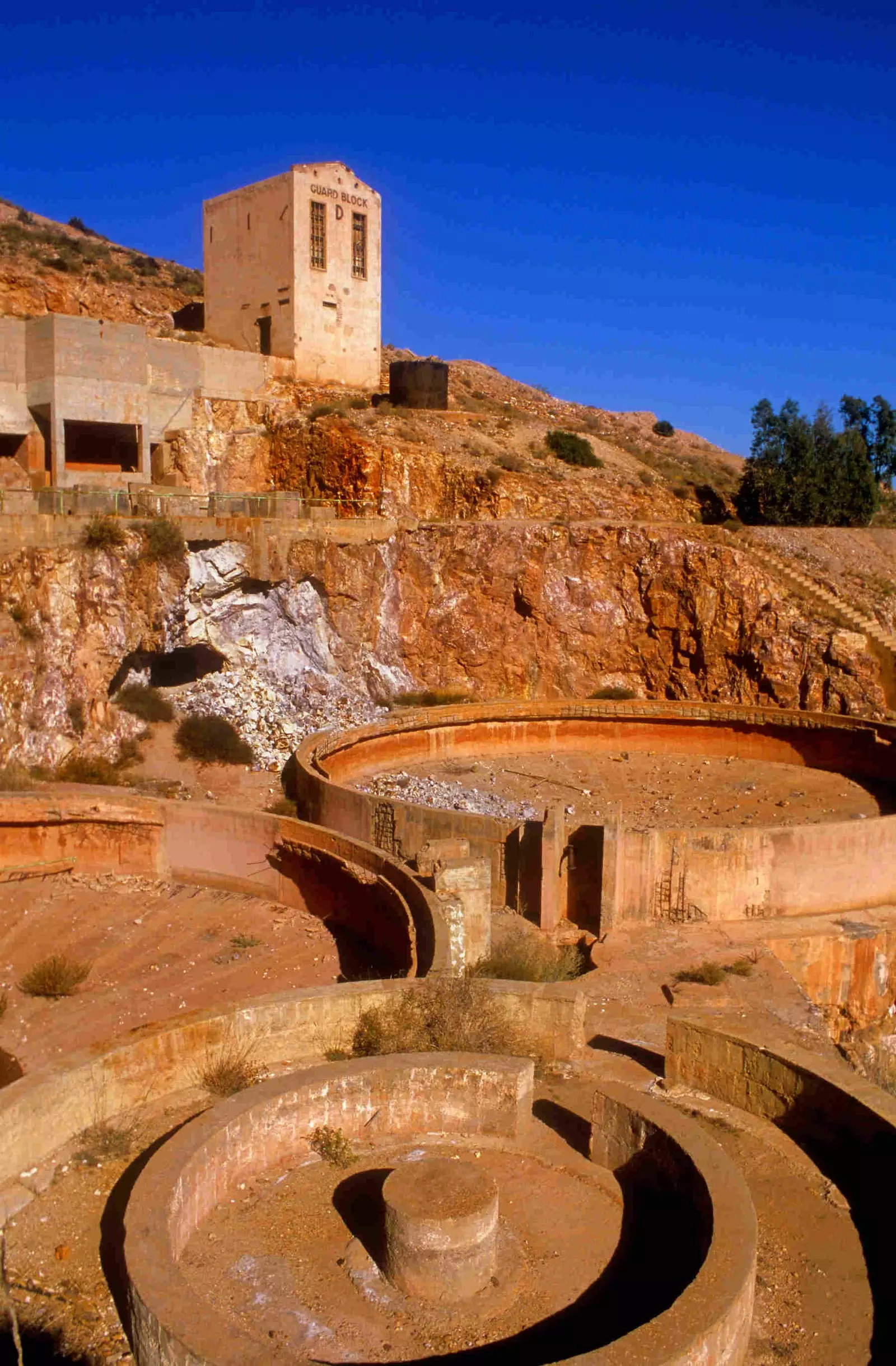
Old gold mines of Rodalquilar
The poet Federico Garcia Lorca maintained a close link with Almería, since part of his childhood took place in the city , where he moved to study with his teacher and tutor Antonio Rodríguez Espinosa, until he fell ill and had to return to his native Granada. Despite his short stay, Almería's mark was left forever imprinted on the young Lorca, who turned this land with hardly any trees and that lives at the mercy of the wind into a dramatic piece that is already a universal heritage. It was in one of those unusual landscapes dotted with old farmhouses that the singular story that inspired Lorca for his Blood Wedding. The Farmhouse of the Friar , located near the town of Los Albaricoques, was the scene of the 'Crime of Níjar' on the night of July 22, 1928 , one of the best known of the Spanish black chronicle of the 20th century. Currently, the state of the Cortijo del Fraile is totally abandoned, as if time did not allow him to recover from that tragedy that he witnessed.
If there is an evocative way to read the aura that a place holds, it is through poetry. Aldoux Huxley, the author of the novel Brave New World **(Brave New World)** wrote a suggestive poem titled Almeria, in which he captures, to perfection, the unknown sensations caused by its winds without a flag, its excessive light and its naked sun.
The novelist, who was an indefatigable traveler throughout his life, toured the Spanish coast in 1929 and tells in some letters to friends and relatives that Of all his journey, what was most intensely engraved in his retina were Almería and Murcia. Huxley took travel very seriously, adored everything that was foreign and unfamiliar to him, and was capable of enjoying any display of beauty. A year and a half after that trip, he published a volume of poems entitled The Cicadas and The World of Light in which the sonnet dedicated to Almería appeared.
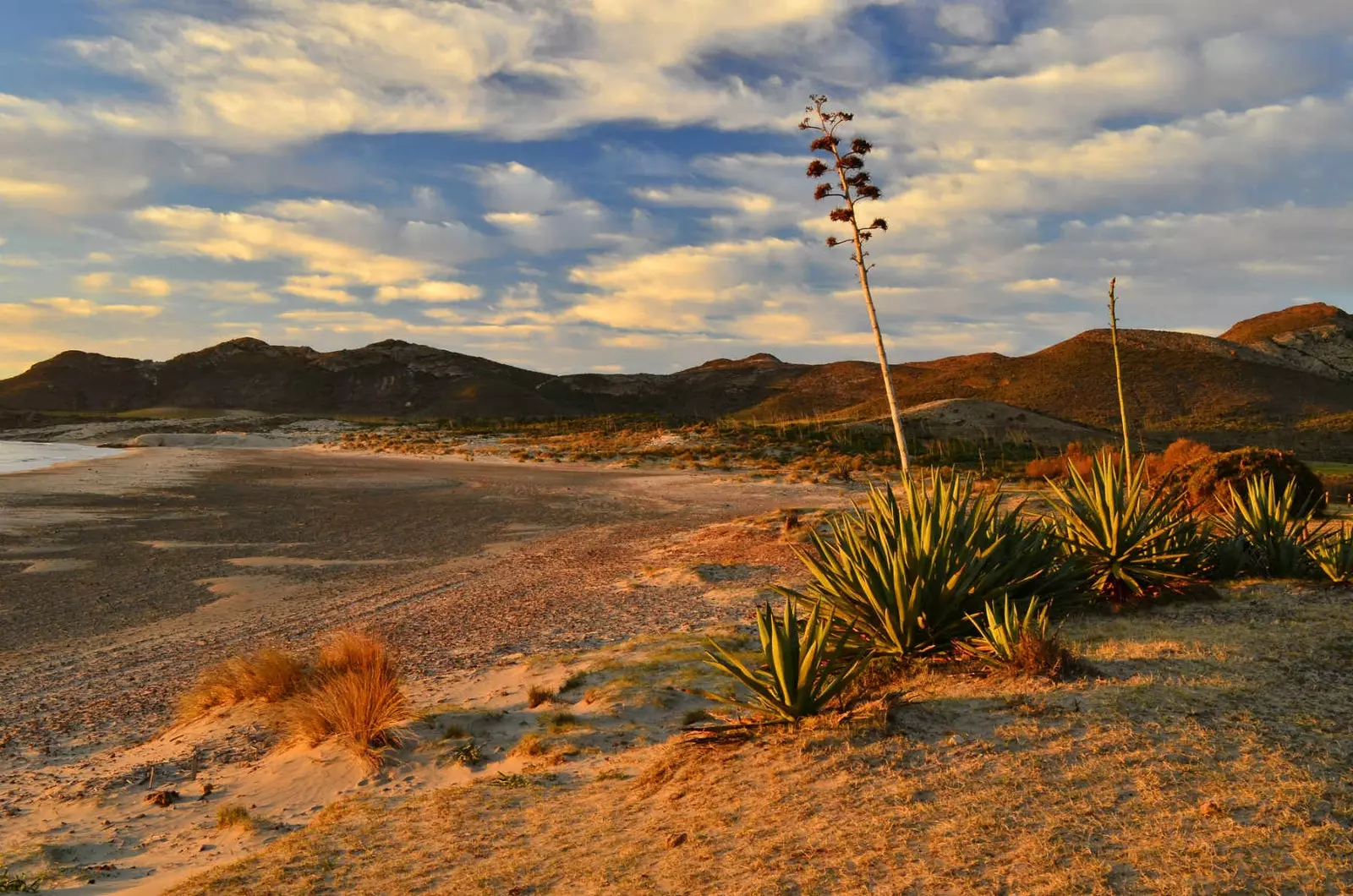
It was this light that conquered Huxley
In the eighties, the poet Jose Angel Valente , born in the green and leafy Galicia, he lived during his last 15 years in Almería and fell in love with it, especially Cabo de Gata. After his death, two books of poems were published, Praise of the calligrapher Y Word anatomy. They contain several texts inspired by the burning light of Almería, which he could never forget. The poet bought a house near the Cathedral of Almería and often went up to its roof, from which he wrote precious and delicate prints like the ones he dedicates to him in Sky City Outlook . As happened with the house where John Lennon lived, the city has been able to take advantage of Valente's stay and has now been converted **into the Casa del Poeta José Ángel Valente museum **, an interpretive space on his life and work.
The Catalan Joan Margaret Title _Costa de poetes (Coast of poets) _ to the luminous poem that he wrote about the Almeria province and that is included in his anthology of poems memory architectures . Margarit is an outstanding poet who has demonstrated the important value of poetry in Spanish and Catalan and seems to have found the ideal nickname for this land. The poem was written in 2003 in La Isleta del Moro, a small whitewashed town that still has a strong attachment to its fishing tradition and that perfectly embodies the image of a fishing village, with its white houses, its boats on the shore, its smell of salt and its peace.
And so, transformed into words by the voice of those who know her best, you can begin to understand everything that Almería owes to its light, its ocher soil and its contrast with the indigo horizon. You can begin to understand all the capacity for dreaming and artistic inspiration that a place has.
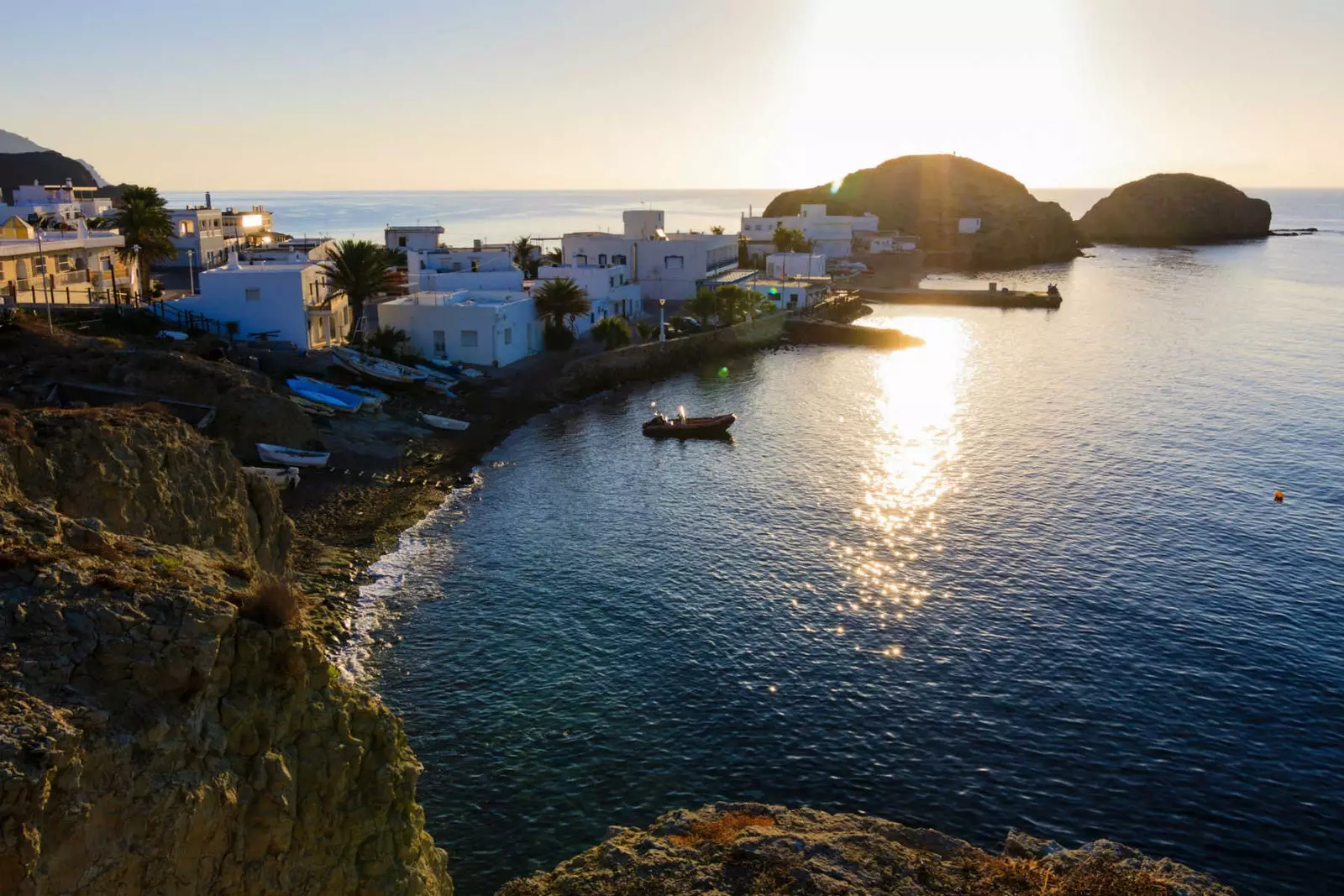
The Isleta del Moro
